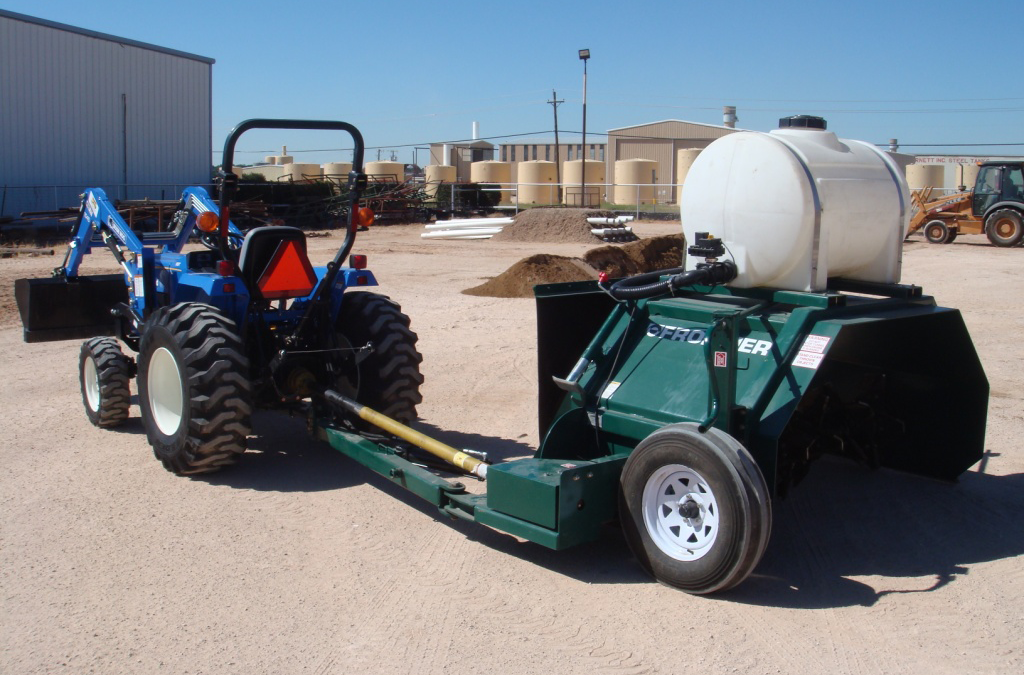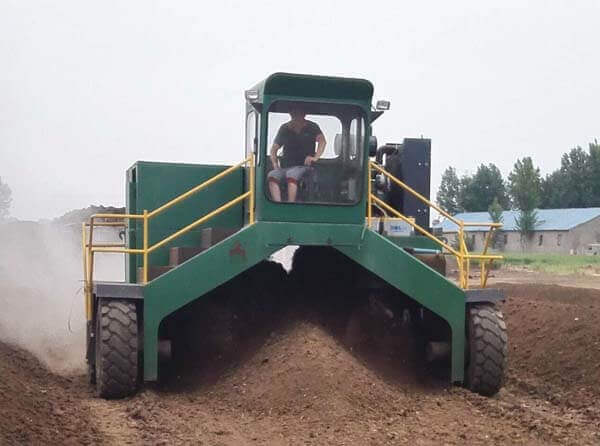Eco-friendly Choices, Environment-friendly Prices: Discover Used Compost Turner for Sale Deals
A Comprehensive Overview to Integrating a Compost Turner Into Your Recycling Routine
As we proceed to look for sustainable remedies for waste administration, incorporating a garden compost turner into your recycling routine offers a plethora of advantages. In this detailed overview, we will check out the different types of compost turners, the actions for integrating them into your routine, and supply pointers for maintenance and troubleshooting.

Benefits of Using a Compost Turner
Using a garden compost turner offers many benefits that boost the performance and performance of the recycling routine. By routinely transforming the garden compost, the turner presents oxygen and promotes aeration, which produces an optimal setting for microorganisms to break down natural matter at a much faster price.
One more advantage of utilizing a garden compost turner is the decrease of parasites and smells. In addition, by extensively blending the garden compost, the turner dissuades the existence of insects, such as rodents and flies, which are attracted to decaying waste.
Moreover, making use of a garden compost turner aids to boost the quality of the garden compost created. The consistent turning action aids to damage down larger products into smaller sized particles, producing an extra homogeneous mix. This results in an extra balanced nutrient structure and a finer appearance, making the compost preferable for use in horticulture and landscaping applications.
Kinds of Compost Turners to Think About
When thinking about compost turners, there are numerous types readily available that satisfy different recycling needs and choices. Each kind of garden compost turner uses distinct functions and advantages that can boost the composting process and aid accomplish optimal outcomes.

Another kind is the windrow compost turner. The windrow garden compost turner is flexible and can manage various types of composting products.
For smaller-scale operations, there are handheld compost turners available. These hands-on tools are developed for transforming compost in small bins or compost heap. They are simple to make use of and provide adequate aeration for little amounts of organic waste.
Steps for Integrating a Compost Turner Into Your Routine
To efficiently include a compost turner into your routine, it is necessary to adhere to a collection of steps that will guarantee reliable composting and optimum results. The very first step is to pick the right kind of garden compost turner based on your certain needs and the range of your composting operation. Think about factors such as the dimension of your compost heap, the regularity of turning required, and the readily available area for maneuvering the turner. The following step is to acquaint on your own with its procedure and safety attributes once you have actually selected the proper turner. Review the user guidebook extensively and comprehend how to start, stop, and readjust the turner. It is also critical to put on the required individual safety devices, such as gloves and safety and security goggles, to stop any accidents or injuries. One more important action is to develop a routine turning timetable. This will depend upon the composition of your compost heap, but a basic standard is to transform the pile once every one to two weeks. Transform the garden compost thoroughly, making sure to blend the internal and outer layers to promote proper oygenation and decomposition. Finally, keep an eye on the temperature level and dampness degrees of the garden compost pile frequently. Adjust the turning regularity and water material as required to maintain ideal composting problems. By following these actions, you can successfully include a garden compost turner into your regular and achieve successful composting results.
Tips for Preserving Your Garden Compost Turner

Primarily, it is important to regularly cleanse your compost turner. After each use, remove any type of leftover organic matter and debris from the maker. This will avoid blockages and build-up, ensuring smooth procedure and preventing any type of prospective damages.
Secondly, lubrication is crucial for the smooth performance of your garden compost turner. Regularly check and lube the moving parts, such as gears and bearings, as defined by the maker. This will certainly decrease rubbing and wear, extending the life of your machine.
Furthermore, inspect your garden compost turner for any signs of wear or damage. Pay close attention to the paddles, blades, and belts, as they are one of the most vulnerable to deterioration. Replace any kind of broken or worn components immediately to preserve optimal efficiency.
Lastly, shop your garden compost turner in a secured and completely dry area when not being used. Exposure to rough weather aspects can bring about rust and deterioration, which can significantly affect the effectiveness and longevity of your machine.
Troubleshooting Common Issues With Compost Turners
Keeping the ideal performance of your garden compost turner entails troubleshooting typical issues that may occur during its operation. By dealing with these issues immediately and efficiently, you can guarantee that your garden compost turner proceeds to operate successfully and create high-quality garden compost.
One usual problem with garden compost turners is blocking. This can occur when the compost product ends up my site being too dense or has big, bulky items that can not be conveniently damaged down. To solve this concern, you can readjust the speed of the turner or by hand get rid of the blocked product. Frequently preserving the turner and inspecting's blades can additionally assist avoid clogging.
Another issue that might arise is uneven composting. This can be brought on by incorrect mixing or insufficient oygenation. To resolve this, make certain that the garden compost material is evenly dispersed and correctly layered within the turner. Readjusting the turner's setups, such as the turning rate or the angle of the blades, may also aid boost the composting process.
In some cases, garden compost turners might experience mechanical failures or malfunctions. It is necessary to regularly preserve the turner and examine, looking for any kind of damaged or loose parts. If a malfunction occurs, seek advice from the supplier's handbook or call an expert for support.
Verdict
In conclusion, incorporating a compost turner right into your reusing routine can offer many advantages, including faster and more effective composting. By thinking about the different types of compost turners offered and adhering to the needed actions for assimilation, you can considerably improve your composting process.
Furthermore, utilizing a compost turner helps to improve the quality of the garden compost generated.One type of garden compost turner is the drum compost turner. The drum compost turner is effective and can produce top find quality compost in a reasonably short amount of time.
These manual tools are developed for turning compost in small bins or garden compost heaps.To successfully include a garden compost turner into your routine, it is crucial to follow a collection of actions that will certainly guarantee reliable composting moved here and ideal results.